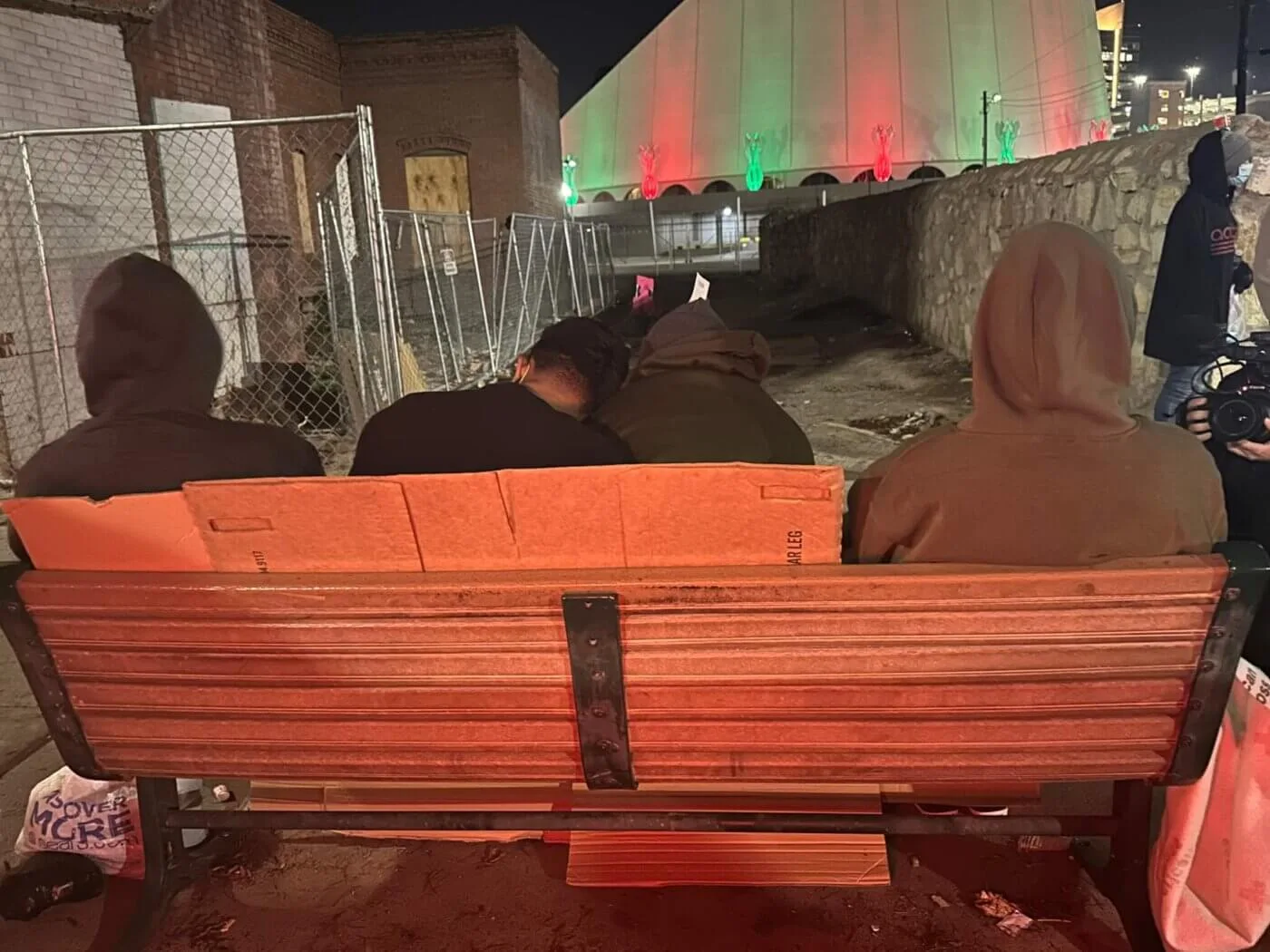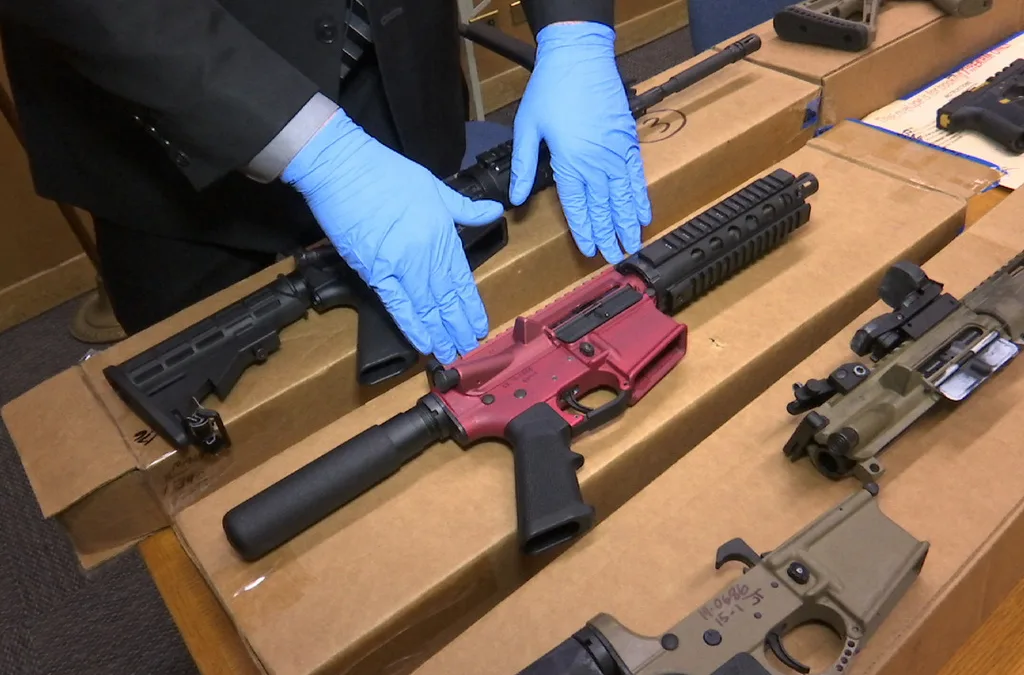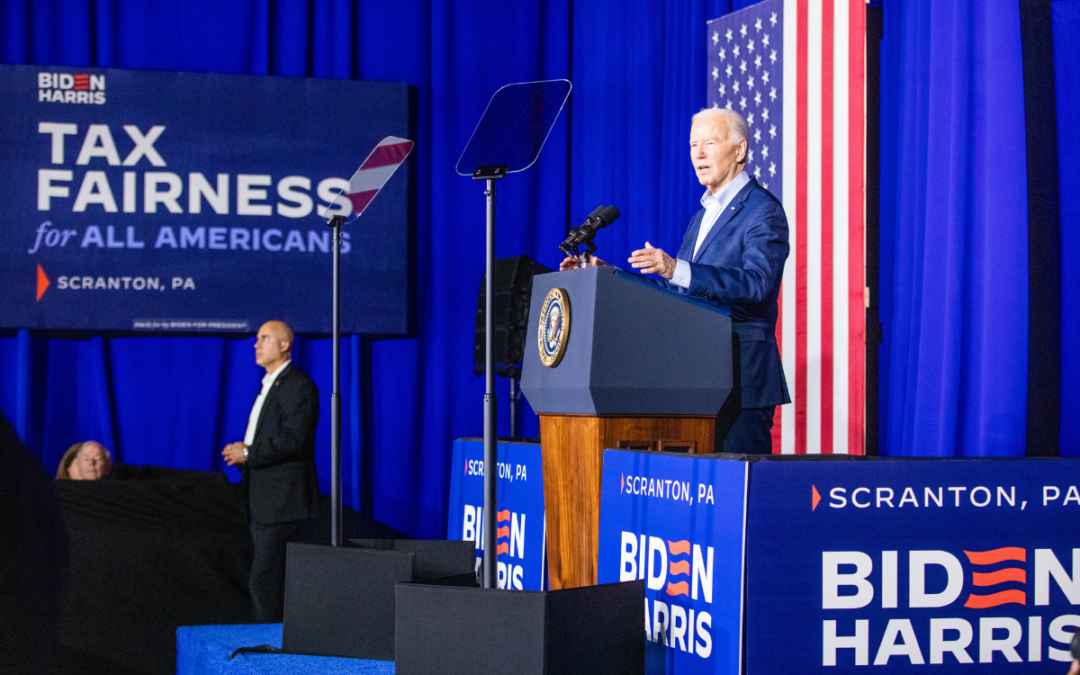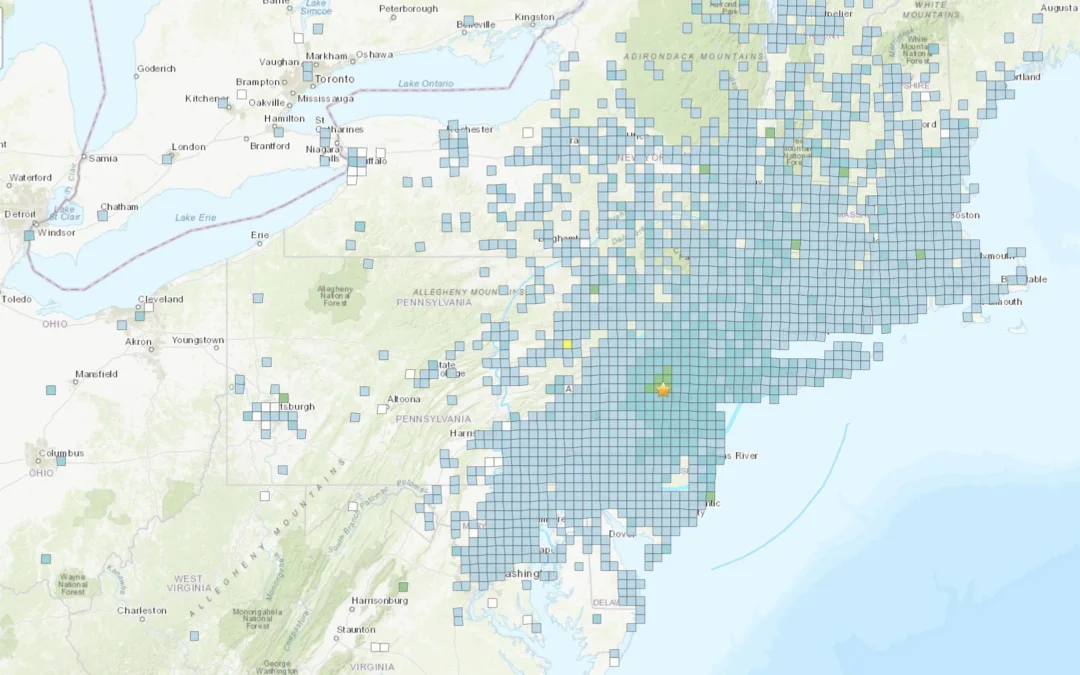
Asylum seekers wait outside the El Paso bus terminal in December hoping for help to reach the airport or other transportation to their next destination Witness at the Border volunteers offer assistance. (Photo: Sue-Ann DiVito)
Sue-Ann DiVito, a member of the Bucks County organization Immigrant Rights Action, returned to the border for the third time in December to find migrants enduring life-threatening conditions.
In December, Sue-Ann DiVito traveled to the Texas-Mexico border to witness what is happening to thousands of people desperate to escape the crushing poverty, violence, and crime in their home countries and find refuge in the United States.
It was the third such trip for DiVito, a founding member of Immigrant Rights Action, a Doylestown-based nonprofit supporting immigrants. What she saw “horrified” her.
“The first time I went, I couldn’t believe how many people were living in, maybe, a 2,200-square-foot area,” said DiVito, a mother of five, who lives in Montgomery County. “That was awful,”
Returning in December for International Migrants Day (Dec. 18), DiVito said she encountered at least 2,000 immigrants huddled in tent encampments, using plastic tarps for shelter from the weather.
“I expected it would be better, but it was so much worse,” she said.
An Unimaginable Plight
At the Matamoros, Mexico-Brownsville, Texas border, the non-governmental organizations (NGOs), such as Doctors Without Borders and World Kitchen, as well as teachers, and teams building water systems and establishing charging stations that had been in place when DiVito visited in 2020, were gone. DiVito said there were no porta-potties. The process of emptying shelters that had earlier housed immigrants at the border was escalated. Mexican officials had disassembled the tent “communities,” returning migrants to the streets and hillsides.
One day in Matamoros, DiVito witnessed families standing on the side of a muddy embankment in sub-freezing temperatures, protected only by plastic tarps.
“It was life threatening,” she recalled.
The drastic measures were taken, said DiVito, as part of the Mexican government’s agreement with the United States to return asylum seekers to Mexico to await hearings and enforce Title 42.
Title 42, which was recently upheld by the US Supreme Court, is a decades-old public health law to prevent the spread of communicable disease. When the COVID-19 pandemic began here in March 2020, the Centers for Disease Control and Prevention implemented the law and empowered border enforcement agencies to remove migrants crossing into the US, including those hoping to apply for asylum, a right they are entitled to under an international treaty and US law.
As DiVito traveled from Brownsville to El Paso, with an immigrant advocacy group known as Witness at the Border, she said she came to realize certain things about the injustice that surrounded her and those she was with.
In her view, the indifference, or outright hostility, Americans often express toward immigrants can be attributed, in part, to how disconnected they are from the real-life struggles of migrants. They can’t see the human impact of an inhumane border policy, DiVito explained.
“No one on our side of the border understands what’s happening in Mexico. No one who makes these policy decisions has looked into the eyes of these people,” said the Realtor turned activist.

‘The Subversive Act of Seeing’
During her 10-day “Journey for Justice,” DiVito said she and fellow Witness members walked through the streets of Matamoros, listening to migrant stories and seeing firsthand their living conditions.
“It’s the ‘subversive act of seeing,’” said DiVito, using a term she said was coined by Joshua Rubin, the founder of Witness at the Border.
At one point, the group was approached by several migrants who thought they were reporters. After explaining they were not journalists, they still asked to be heard.
“The one that haunts me the most was a woman who said, ‘Oh ma’am, oh ma’am, you just don’t know the horrors that I’ve seen,’ and she broke down sobbing in my arms. I felt powerless to help her,” said DiVito, fighting back her own tears.
One asylum seeker told DiVito all she would like is “a more humane and streamlined process that is not arbitrary.”
Perhaps one of the most disheartening policies DiVito recalled seeing time and again was the dehumanizing requirement that all migrants — men, women, and children — remove their shoelaces.
“It marks people like a scarlet letter in the US, if they are allowed in, and makes them a target for cartels in Mexico if they are sent back,” DiVito said.
An immigrant in Texas legally was not allowed to get his toothpaste or glasses back, she said.
“I saw sick people getting off a bus they’d been on for 40 hours, hungry, with all they own in a small plastic bag,” she said. “None of it makes any sense. Everyone should be treated with dignity and respect and everyone is entitled to civil rights.”

The Fight For a Humane Immigration Policy
During his campaign for US Senate, John Fetterman vowed to work toward establishing a more humane immigration policy — a deeply personal cause for the Democratic Pennsylvania lawmaker. He has said previously that his wife Gisele’s history as an undocumented migrant from Brazil inspires his policy decisions. During his lone debate with his Republican Senate opponent, Dr. Mehmet Oz in October, Fetterman said a humane and bipartisan solution for immigration was achievable.
“A secure border can be compatible with compassion,” he said.
Since winning the election, Fetterman has been an outspoken critic of Republican Texas Gov. Greg Abbott’s grandstanding tactic of sending busloads of migrants from the US-Mexico border to so-called “sanctuary cities” like Philadelphia to maximize exposure over what he claims is inaction by the Biden administration to stop high numbers of migrants crossing on the southern border.
In November, Abbott sent a bus to Philadelphia carrying 28 migrants, including a sick child who was sent to Children’s Hospital of Philadelphia to treat a high fever and dehydration. Under Abbott’s direction, Texas has transported more than 13,000 migrants to other Democratic-led cities like Chicago, New York, and Washington, D.C. since April 2022.
59 Republicans—including Pennsylvania Reps. Scott Perry, John Joyce, and Guy Reschenthaler—have sponsored a bill that could end access to asylum in the United States for migrants fleeing violence and persecution.
The bill—which could get a vote in the House in the coming weeks—would give the Department of Homeland Security (DHS) secretary power to single-handedly ban all undocumented migrants from entering the United States if the secretary decides it’s necessary to reestablish “operational control” of the border.
The bill has no chance of passing the Democratic-controlled Senate, but it nonetheless underscores the increasingly extreme proposals coming from the most right-wing House Republicans.
Despite the grueling experiences and unimaginable suffering they endure just to have a chance of reaching the United States, and despite the way they’re cruelly exploited by Republican politicians like Abbott once they do arrive, the immigrants DiVito encountered refuse to lose heart.
“They carry hope in our country,” she said. “They are joyful to be here.”
Politics

2 top US gun parts makers agree to temporarily halt sales in Pennsylvania
Philadelphia filed suit against Polymer80 and JSD Supply last year, accusing the manufacturers of perpetuating gun violence by manufacturing ghost...

It’s official: Your boss has to give you time off to recover from childbirth or get an abortion
Originally published by The 19th In what could be a groundbreaking shift in American workplaces, most employees across the country will now have...

Biden talks economic and tax plans in Scranton
President Joe Biden traveled to Pennsylvania on Tuesday and framed the 2024 election as a choice between Scranton values and Mar-a-Lago values....
Local News

Railroad agrees to $600 million settlement for fiery Ohio derailment, residents fear it’s not enough
Norfolk Southern has agreed to pay $600 million in a class-action lawsuit settlement for a fiery train derailment in February 2023 in eastern Ohio,...

4.8 magnitude earthquake centered in New Jersey felt across Pennsylvania Friday morning
According to the U.S. Geological Survey, the quake’s impact in Pennsylvania was primarily felt in the eastern part of the state, though the...





